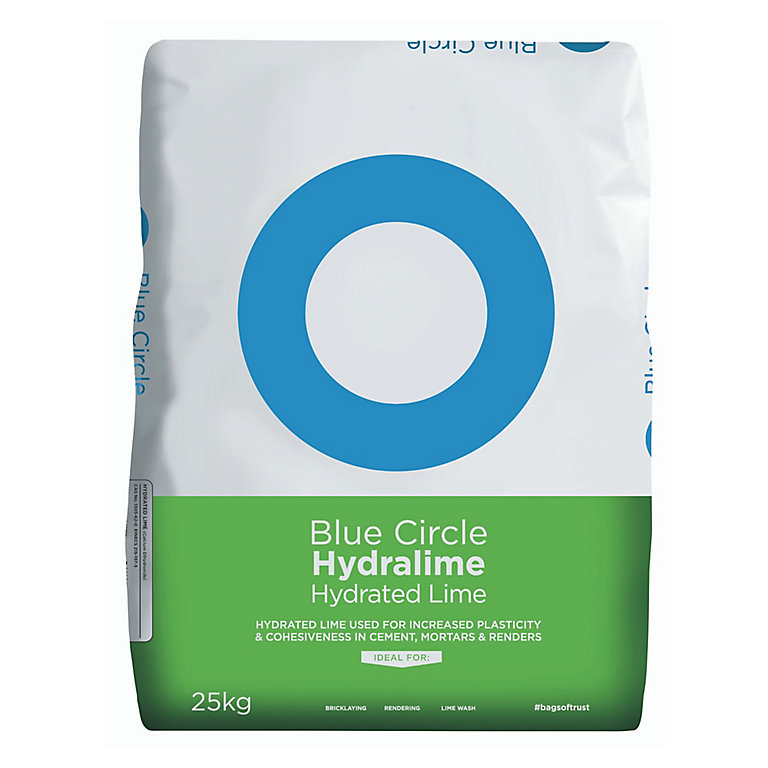Hi,
I've been reading a lot about using the correct mix of mortar for repointing. Apparently your mortar should always be softer than your bricks and I can believe this, because looking at some of the houses around the estate there are a lot of blown bricks around on repointed houses, a few houses have also been rendered or partially rendered, I'm guessing they might have done that because of blown bricks. I'm also guessing our bricks are probably classed as soft, even though they don't seem soft to me (they are brittle however and very easily chipped). I've put a few pictures of our bricks (I acquired a few spares from a fella up the road who's old gable end was getting partially demolished when he was having a side extension built).
The original pointing is quite yellow in colour (see pic) and has definitely got small bits in it, so I'm guessing some kind of sharp sand was involved. The original mortar seems to crumble off with minimal effort and is definitely way softer than the bricks.
The fizz test. I've read somewhere that if you take a small sample of your mortar then put white vinegar over it and it fizzes that's an indication that there could be lime in it. I tried it and it did fizz, but not violently.
Utterly confused on how to proceed. As there seems to be a several different types of lime. I've also read that some types of lime mortar over long a period of time can actually end up as hard as cement mixes. I've also read that they stopped using Lime on new builds in the early 1900's, so maybe the fizz test was a false positive for lime.
Any advice gratefully received.
Thank you.
I've been reading a lot about using the correct mix of mortar for repointing. Apparently your mortar should always be softer than your bricks and I can believe this, because looking at some of the houses around the estate there are a lot of blown bricks around on repointed houses, a few houses have also been rendered or partially rendered, I'm guessing they might have done that because of blown bricks. I'm also guessing our bricks are probably classed as soft, even though they don't seem soft to me (they are brittle however and very easily chipped). I've put a few pictures of our bricks (I acquired a few spares from a fella up the road who's old gable end was getting partially demolished when he was having a side extension built).
The original pointing is quite yellow in colour (see pic) and has definitely got small bits in it, so I'm guessing some kind of sharp sand was involved. The original mortar seems to crumble off with minimal effort and is definitely way softer than the bricks.
The fizz test. I've read somewhere that if you take a small sample of your mortar then put white vinegar over it and it fizzes that's an indication that there could be lime in it. I tried it and it did fizz, but not violently.
Utterly confused on how to proceed. As there seems to be a several different types of lime. I've also read that some types of lime mortar over long a period of time can actually end up as hard as cement mixes. I've also read that they stopped using Lime on new builds in the early 1900's, so maybe the fizz test was a false positive for lime.
Any advice gratefully received.
Thank you.
Attachments
-
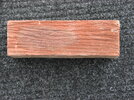 brick pic 1 front.JPG534.9 KB · Views: 49
brick pic 1 front.JPG534.9 KB · Views: 49 -
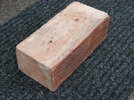 brick pic 2.JPG474.7 KB · Views: 36
brick pic 2.JPG474.7 KB · Views: 36 -
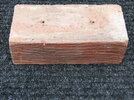 brick pic 3.JPG510.5 KB · Views: 38
brick pic 3.JPG510.5 KB · Views: 38 -
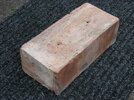 brick pic 4.JPG432.4 KB · Views: 42
brick pic 4.JPG432.4 KB · Views: 42 -
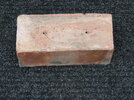 brick pic 5 back.JPG485.6 KB · Views: 59
brick pic 5 back.JPG485.6 KB · Views: 59 -
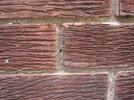 Yellow colour,soft with bits in it.JPG532.7 KB · Views: 89
Yellow colour,soft with bits in it.JPG532.7 KB · Views: 89 -
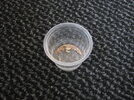 Fizz test 1.JPG361.3 KB · Views: 60
Fizz test 1.JPG361.3 KB · Views: 60 -
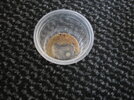 Fizz test 2.JPG330.8 KB · Views: 54
Fizz test 2.JPG330.8 KB · Views: 54
Last edited:


